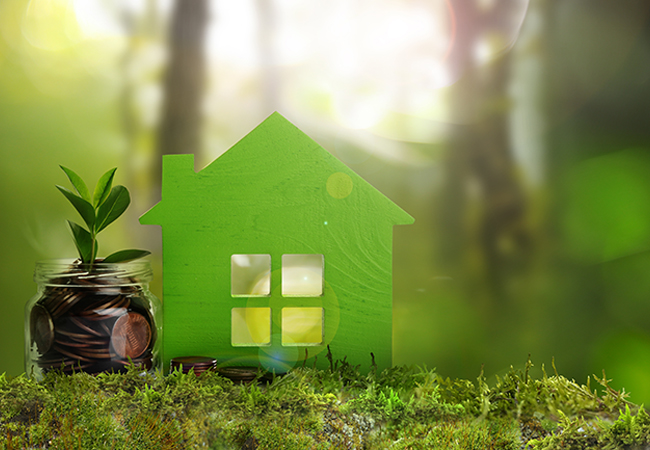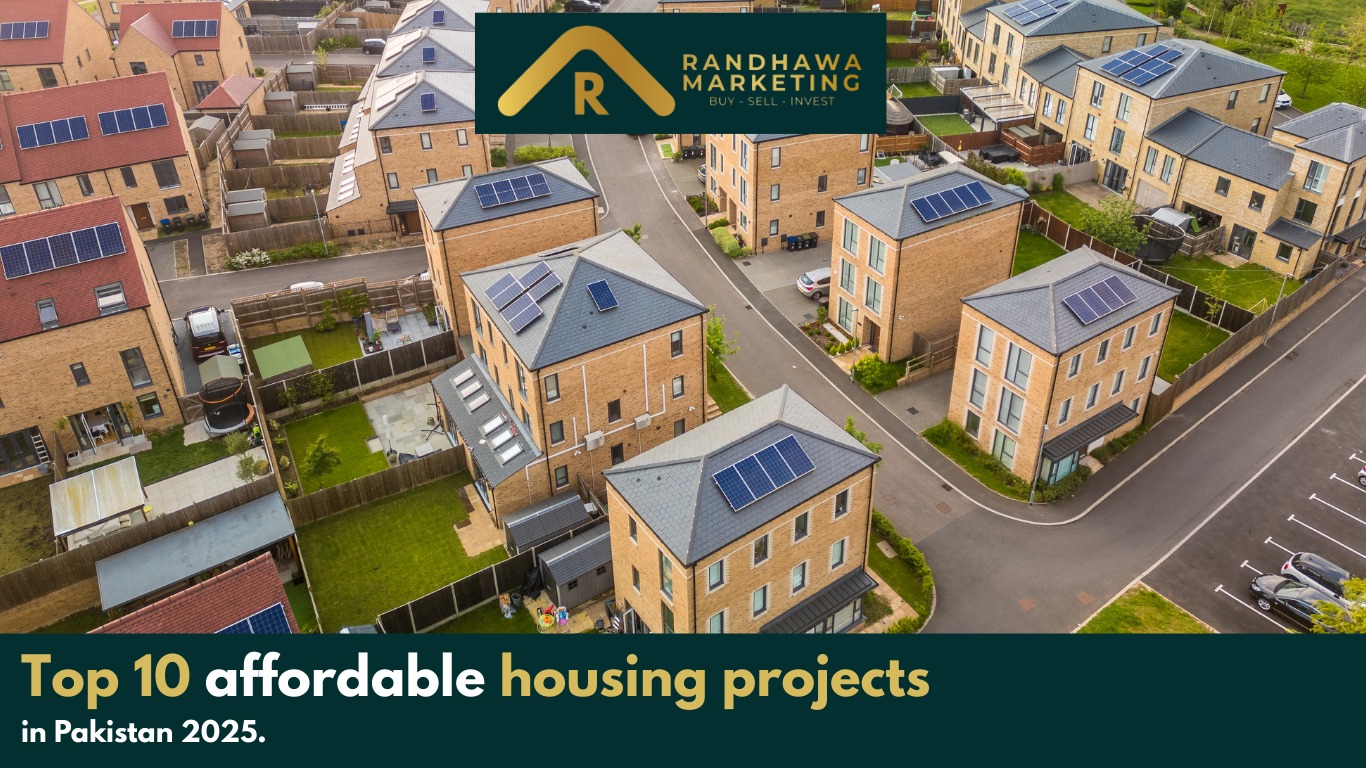Commercial & Mixed-Use Projects
Commercial Real Estate and Mixed-Use Projects
As urban areas continue to grow and lifestyles change, the need for smart and efficient Real Estate solutions becomes more important than ever. Among the most conspicuous and widely discussed types of Real Estate today are Commercial Real Estate and Mixed-Use Spaces. Both play a vital role in shaping modern urban areas, though they serve different functions and meet varied community needs.
Key Difference
Commercial Real Estate is focused only on business use.
Mixed-Use spaces combine business and residential.
COMMERCIAL REAL ESTATE
Commercial Real Estate refers to any property that is specifically used for business purposes either through rental income, capital gain, or business activity. Commercial Real Estate includes properties used for business or income-generating purposes, not for residential living. Commercial Real Estate has emerged as one of the most dynamic and influential sectors in economy. The primary goal of commercial real estate is to provide functional spaces for businesses while offering rental income or long-term value growth for investors. These properties serve as essential framework for commercial activities and come in various forms:
Office Spaces – High rise buildings, corporate towers, business centers, co-working spaces
Retail Spaces –showrooms, shopping malls, supermarkets, and local markets
Industrial Facilities – warehouses, factories, and storage units
Hospitality Projects – hotels, motels, and resorts Commercial plots – land allocated for future business development
Commercial Plots-land allocated for future business development
Why Invest in Commercial Real Estate
Investing in Commercial Real Estate comes with several strong advantages, making it a smart choice for both individual and institutional investors. One of the biggest reasons people choose it is the potential for higher rental income—especially in busy business areas where demand is strong. Commercial leases usually last for several years, which mean steady and reliable income over time. Plus, as cities grow and develop, the value of commercial properties often rises, giving investors a chance to earn solid profits in the long run. It also helps protect against inflation, since rental rates and property values tend to go up with rising costs. Whether its office buildings, retail shops, or mixed-use developments, commercial Real Estate offers a great way to grow your money and build long-term value growth for investors.
Mixed-Used Spaces
Mixed-Use spaces refer to buildings or developments that combine multiple types of land uses — typically residential, commercial, office, recreational, and sometimes even institutional— all within the same area. These spaces are thoughtfully planned to promote easy access, reduce travel time, and create dynamic, all-in-one communities. Here’s a detailed breakdown of the types of Mixed-Use Real Estate.
1. Vertical Mixed-Use Development
Different functions are uses within a single building. A ground floor with shops and restaurants, office spaces on middle floors, and apartments on upper floors.
2. Horizontal Mixed-Use Development
Different buildings serving different purposes, located in the same area or block. A neighborhood with retail outlets, office buildings, a park, and housing all within walking distance.
3. Live-Work Spaces
Buildings or units designed for people to both live and run their businesses or offices.
Freelancers, startups, artists, and remote workers running their businesses in same unit.
4. Transit-Oriented Mixed-Use
Developments located near public transit systems like metro stations or bus terminals and airports. Housing and retail complexes near a metro line with shared access to green spaces and bike lanes
5. Mixed-Use Lifestyle Centers
These Real Estate developments focused on shopping, entertainment, gathering, dining, and living. Often includes cinemas, hotels, gyms, and high-end apartments.
6. Institutional Mixed-Use Developments
Combines educational, medical, or government facilities with other real estate types. A college or university campus that includes student housing, cafes, retail stores, and clinics.
Benefits of Commercial Real Estate & Mixed Used Spaces
Commercial and Mixed-Use Real Estate developments offer a powerful combination of economic and lifestyle advantage. Commercial Real Estate offers reliable income through long-term leases, higher rental yields, and steady demand from business tenants. Furthermore, Commercial Real Estate often appreciates in value over time, particularly in developing urban areas. Investors also benefit from several tax deductions on mortgage interest, depreciation, and operational cost. With the ability to actively manage the property, improve spaces, and adjust rental terms, owners have greater control over profitability. Lastly, Commercial Real Estate can serve as a reliable hedge against inflation, as rental rates typically raise along with market trends. At the same time, Mixed-Use Real Estate brings together the best of city living homes, businesses, and leisure spaces into one well-planned area. This kind of development makes daily life more convenient people can live close to where they work, shop, and relax, which means less time stuck in traffic and more time for what matters. It also helps local businesses by creating steady foot traffic and a built-in community of customers. These spaces often become lively, social hubs that strengthen neighborhood connections and raise property values. Furthermore, since they don’t rely on just one type of tenant, mixed-use developments are often more secure during economic ups and downs. These property types improve the functionality of available land, strengthen local economies, and enhance community interaction. That’s why they’re becoming a smart choice for developers, investors, and planners looking for both profit and long-term impact.
CONCLUSSION
Both Commercial Real Estate and Mixed-Use developments play a significant role in modern urban planning. While Commercial Real Estate is ideal for investment and business growth, Mixed-Use spaces reflect the future of smart, convenient living. Commercial properties offer steady rental income, long-term leases, and strong demand from businesses — making them a dependable choice for investors. On the other hand, Mixed-Use spaces bring homes, shops, offices, and recreational areas together in one place, making daily life more convenient and connected. When combined, these two types of Real Estate don’t just create profitable opportunities — they help shape communities that are more livable, efficient, and sustainable. Mixed-use developments add energy and convenience, As cities continue to grow; mixed use projects are becoming essential for those who seek modern life style all in one places. While commercial spaces bring economic strength and stability. Together, they allow developers, investors, and planners to build spaces that meet the needs of both people and businesses. Commercial Real Estate and Mixed-Use project they form the foundation for shaping urban spaces that are both economically strong and socially vibrant.



